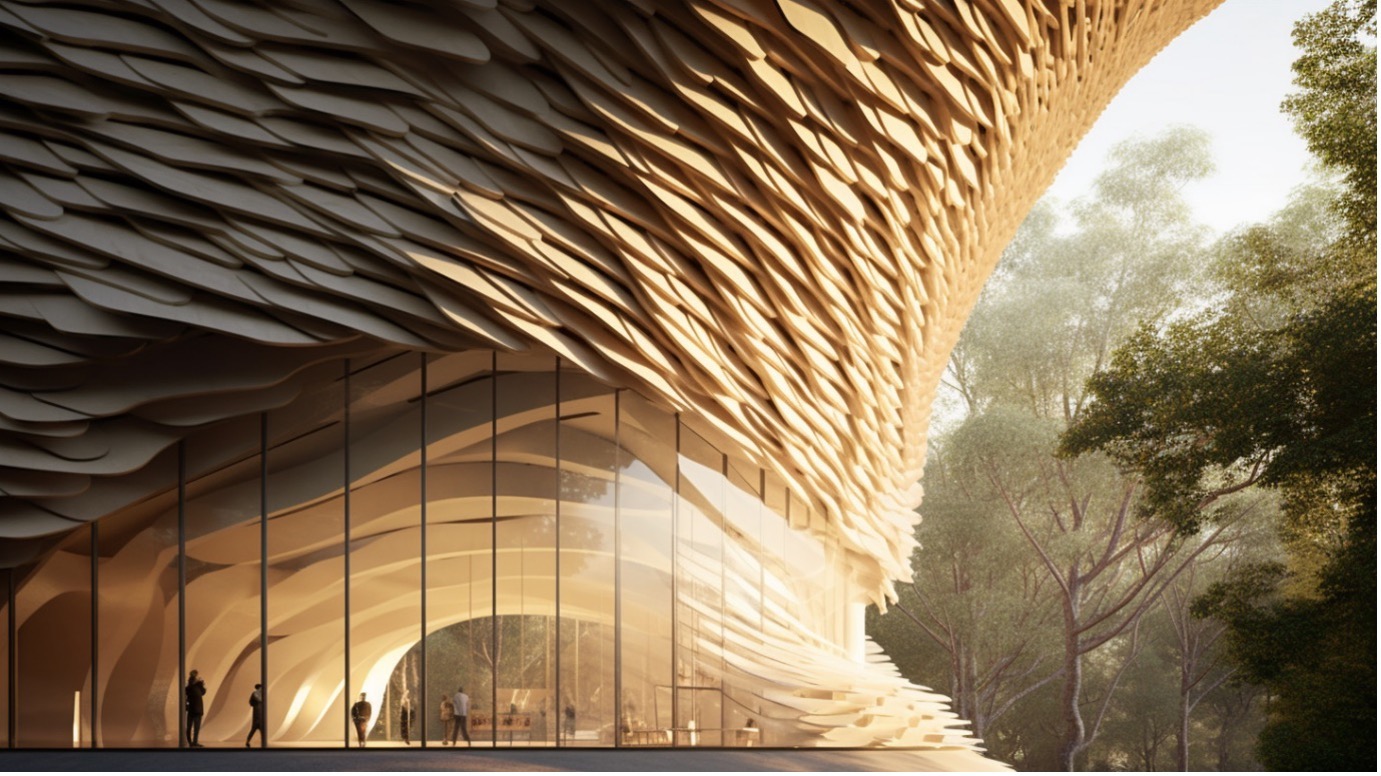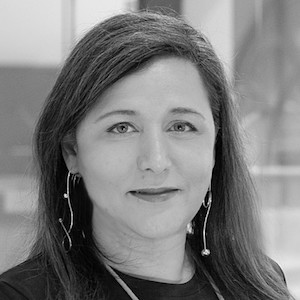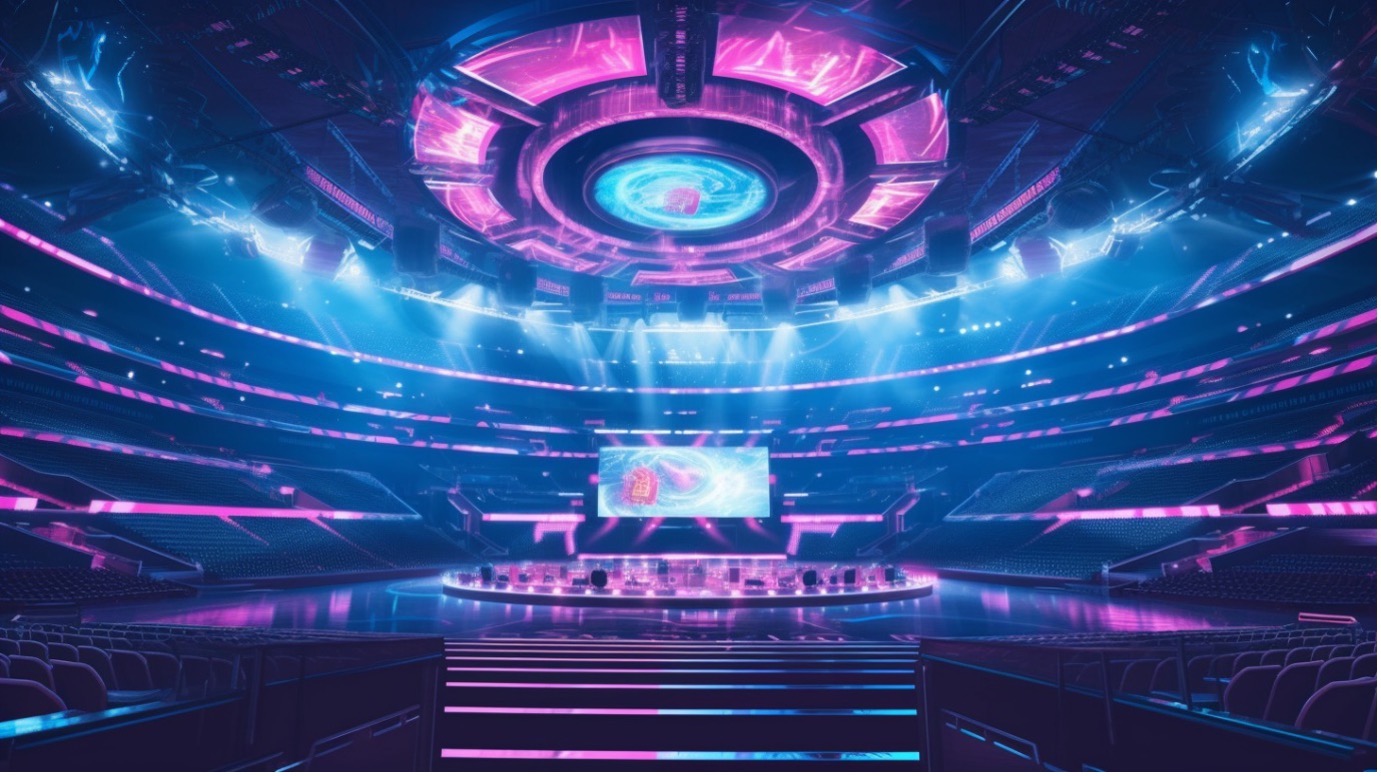
Text-to-image AI is a dreaming tool, not a visualisation tool, embedded in AFL Architects’ workflow, reveals Rita Ochoa.
For us as architects, one of the most useful AI tools that has been created over the last decade is the text-to-images generation that takes natural language text description and creates infinite images based on that description. To create those images, the AI engines base their interpretation on the content available online, information patterns and, as expected, also bias.
Like most large practices, AFL Architects now uses AI in conjunction with traditional design practices and expertise within our daily lives to generate images for the front end of projects.
Of the AI text-to-image generation engines commercially available, Midjourney (MJ) is our preference for its quality and easy manipulation. It helps us to explore new perspectives and understand the general perception of humans around the (informatised) world.

“This process limits the time we usually spend looking for inspiration and precedents, and distances us furthermore from the work of other architects.”
The AI images can be very realistic, cheaper and faster to produce – one image can take just a few seconds to generate with amazing results, but it can take days to help the AI to understand our brief and produce a nicer design.
We see MJ as a dreaming tool, not a visualisation tool, and we use it in the very first stages of a project through a workflow that is completely flexible.
Research
We ask the AI to produce images of architecture from a certain style, a certain era or a certain location. Although all images will be of buildings that don’t exist, those same images will articulate for us the most predominant patterns.
And it’s not all about the past. Unlike most jobs, architects are designing for the next 50 to 100 years at least and cannot predict the future. However, we can use AI to also show us glimpses of a collectively imagined future that can cause an impact in the design.
Ideation
We use MJ to create CGI images from text or a combination of text and hand sketches. This is the most productive stage of the tool because we can produce hundreds of options for a single project, understand their variables, and discuss the results with clients at a very early stage.
This process limits the time we usually spend looking for inspiration and precedents, and distances us from the work of other architects. During this stage, we use AI as one of our creation tools, along with hand sketches, diagrams and models.
All AI images we produce as direct inspiration for our future buildings are verified through Google to prevent any inadvertent reproduction of an existing design or building.
It’s important to remember that MJ only generates images, not 3D models or 2D information. They are not ‘actionable’, they cannot be converted directly into construction information: we still do this manually with 3D parametric software.
3D modelling and parametrisation
MJ and all other AI image generators don’t yet produce 3D models, therefore the workflow from this moment onwards is very similar to a traditional project. We model up the idea in Rhino or Revit and start to rationalise the geometry, proportions, and internal layouts. This idea can either be represented in a hand sketch, in an AI image or in a combination of both.
During the project development, we sometimes revert again to MJ to help us with specific details or to help us with the interior design and any graphical aspects of the building.

What about the role of the architect?
Architecture is a discipline that extends far beyond the visual. One of our most important tasks is the human interaction with the client, contractors and other stakeholders. Usually when leading large design teams, emotional intelligence is essential.
Remember that AI has no feelings or personal opinions: it only knows patterns and styles, and tries to build a reflection of the world using our preferences, tastes and, of course, our bias as well. AI text-to-image generation engines don’t work without human interaction and only architects are perfecting this human-machine dialogue and, consequently, catering to the process of ideation.
“We are no longer dreaming alone, and we are using a tool that sometimes can read the world better than us.”
A near future
It’s early days for us using AI as a tool for architecture. However, the simple ‘machine hallucinations’ of the AI text-to-image generators has already had a significant impact on the way we work.
We are no longer dreaming alone, and we are using a tool that sometimes can read the world better than us (although it’s not necessarily more creative).
We feel we are at the tip of an iceberg. The next steps will include rationalisation of geometry, construction drawings and manufacturing using AI technology. In other words, the AI tools will expand, create new jobs and make projects easier to manage and communicate, with fewer clashes and much more optimisation in terms of materials, systems, construction processes and carbon emissions.
The AI will also open opportunities such as biomimicry and we might start seeing more buildings mimicking the shapes and function of natural systems.
I can’t wait to look back 30 years from now again and see exactly how far we have come.
Rita Ochoa is senior associate at AFL Architects.
Don’t miss out on BIM and digital construction news: sign up to receive the BIMplus newsletter.











